Smart Content Strategy: Build Awareness, Gain Trust, Drive Sales
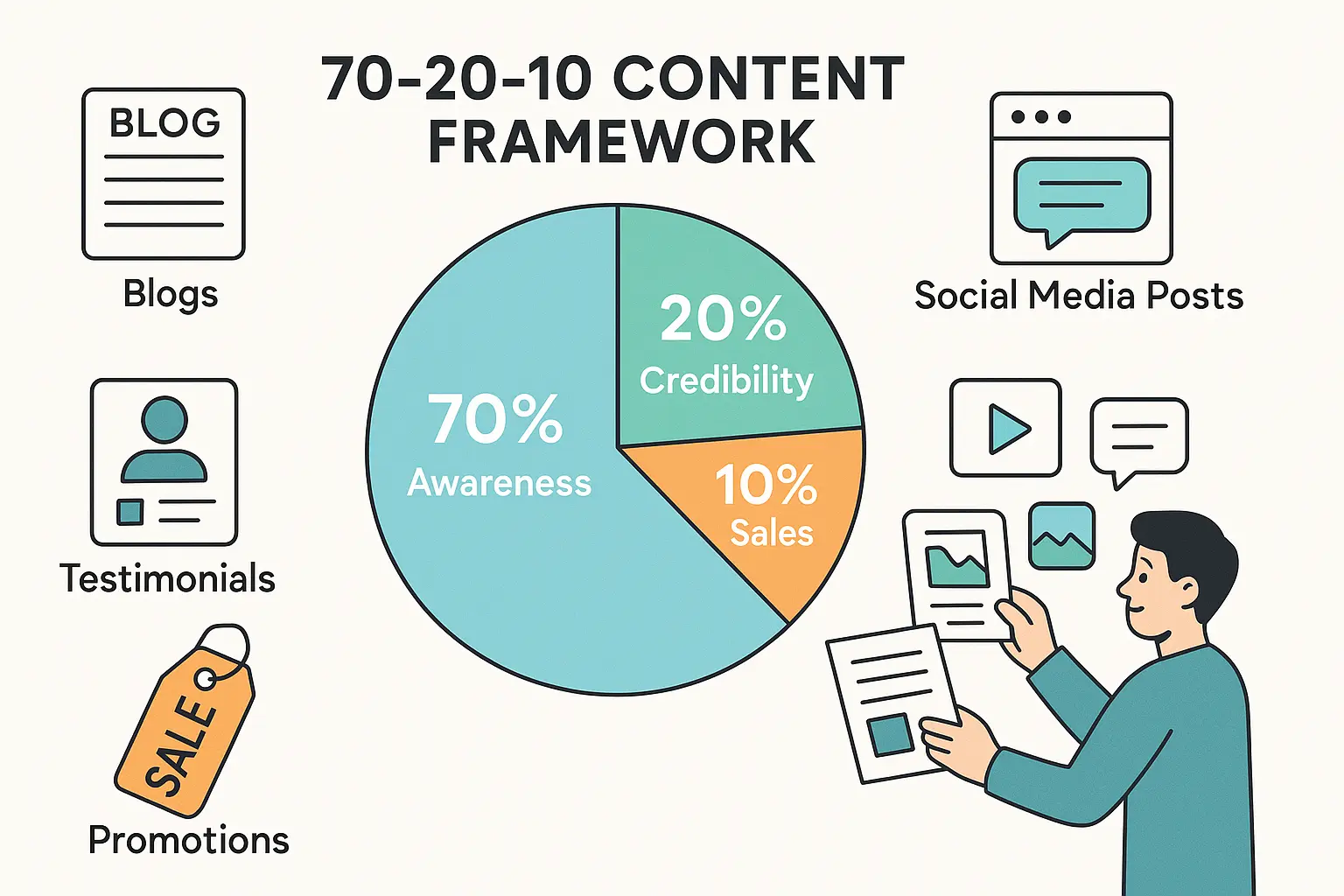
Ever feel like you’re posting content everywhere but not seeing results? The truth is, content without a strategy is just noise. Great brands don’t just create content—they plan, repurpose, and manage it in a structured way. That’s where the 70-20-10 Framework comes in. It ensures your content has balance: most of it builds awareness, some builds credibility, and a small but powerful part drives sales. In this guide, we’ll break down how to plan, manage, and repurpose content effectively so your efforts actually pay off.
Why Content Needs a Strategy
Random posting doesn’t build a brand. A clear content management strategy ensures:
- Your audience gets consistent value.
- You don’t run out of ideas.
- Each piece of content serves a purpose.
- You balance awareness, trust, and sales naturally.
Without a strategy, your content is forgotten. With strategy, it builds authority.
Step 1: Know the brand, products and services
- Define what your USP/UVP is
- Define your differentiators
- Define your product’s or service’s FAB (Features, Advantages & Benefits)
- Create branding guidelines
- Understand your brand voice
What is Brand Voice
Brand voice is the distinct personality and style in which a brand communicates across all its touchpoints—written, spoken, and visual. It reflects the values, attitude, and tone of the brand, helping to build a recognisable and relatable identity in the minds of the audience. If your brand were a person, the brand voice would be how it speaks, what it says, and how it makes others feel.
Step 2: Plan Your Content
Planning saves you from the “What should I post today?” panic.
- Set Goals: Awareness, engagement, or conversions?
- Choose Content Types: Blogs, reels, podcasts, emails, webinars.
- Use a Content Calendar: Map out posts weekly/monthly.
- Batch Creation: Produce content in bulk to save time.
Example: A fitness coach might plan weekly workout tips (70%), client transformation stories (20%), and a monthly bootcamp promotion (10%).
The 70-20-10 rule keeps your content balanced and effective.
- 70% Awareness Content: content to build brand awareness and reach.
➔ Proven content that supports building your brand
➔ Mix of evergreen and trending content
Examples: Tips, how-to blogs, explainer videos, infographics.
Goal: Attract new people to your brand.
- 20% Credibility Content: Thought leadership, behind-the-scenes, case studies.
➔ User-generated content
➔ Reviews and testimonials
➔ Content from other influencers/ loyal customers promoting your business
➔ Interesting articles/ blogs/ case studies
➔ Experience/success stories/rewards/accreditation
Examples: Expert opinions, customer testimonials, research-backed posts.
Goal: Show authority and gain trust.
- 10% Sales Content: Promotional and direct offers.
➔ Call-to-action such as discounts, introduction to new offerings, events, etc
➔ Registration links/ consultation bookings/etc.
➔ Subscription to newsletter/ notifications
Examples: Discounts, product demos, “Sign up now” posts.
Goal: Convert interest into customers.
Action Tip: If you post 30 times in a month → 21 posts awareness, 6 credibility, 3 sales.
Step 3: Repurpose Content
Don’t reinvent the wheel every time. Repurpose one piece into many formats.
- Turn a blog into Instagram carousels, tweets, or YouTube explainers.
- Convert a webinar into a podcast + short reels.
- Use customer reviews as graphics for credibility posts.
Action Tip: Always ask, “How else can I use this content?” before hitting publish.
Step 4: Manage Your Content Effectively
Good content management means keeping track of what’s published, what’s working, and what needs updating.
- Tools: Use Trello, Notion, or Google Sheets for calendars.
- Analytics: Track engagement, traffic, conversions.
- Updates: Refresh old blogs with new info instead of rewriting.
- Consistency: Create a workflow (research → create → publish → measure → repurpose).
Example: A blog that performed well last year can be updated with new stats and re-shared — saving effort while keeping relevance.
Step 5: Content Types That Work Across Strategy
- Awareness: Blogs, short videos, memes, infographics, educational posts.
- Credibility: Case studies, expert interviews, testimonials, podcasts.
- Sales: Product demos, webinars, landing pages, discount offers.
Action Tip: Mix content types but keep the ratio (70-20-10) steady.
Conclusion
Content without structure leads to wasted effort. The 70-20-10 framework gives you balance: 70% to attract, 20% to build trust, and 10% to sell. Pair this with planning, repurposing, and management, and your content becomes a growth engine instead of a guessing game. The best part? You don’t need to create more; you just need to create smarter. Start today: write down your next 10 content ideas and assign them to 70-20-10 buckets. Strategy begins with clarity.
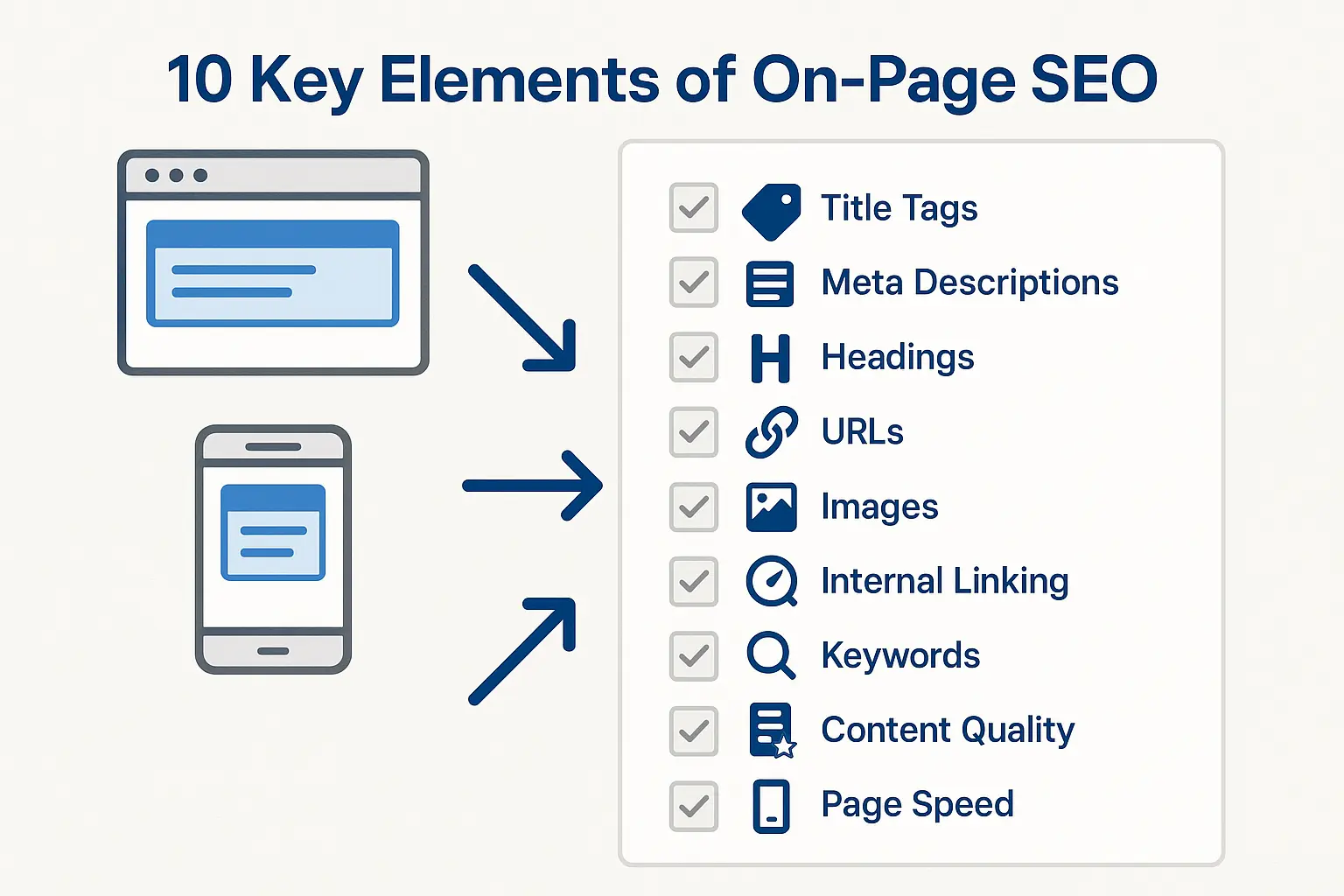
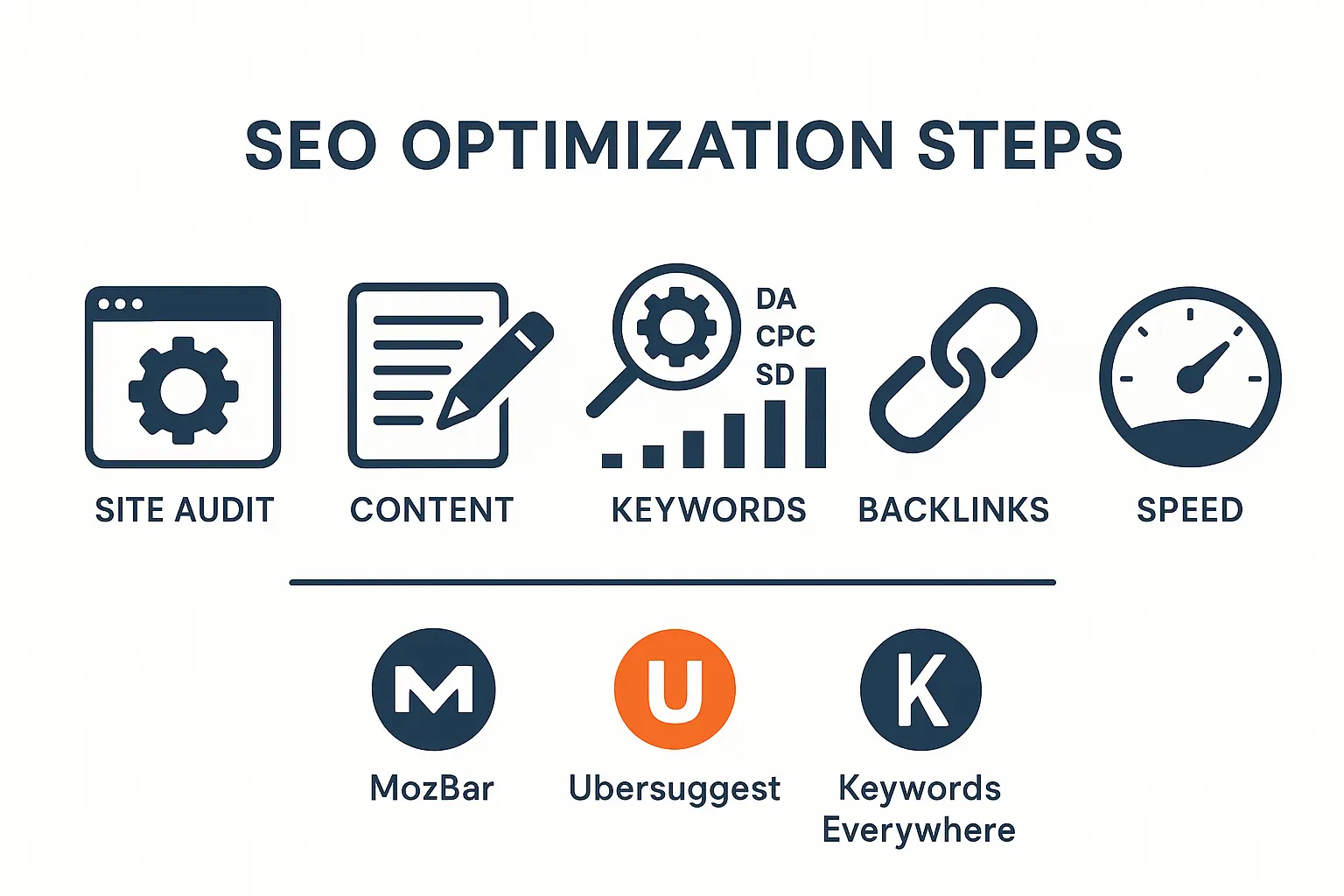
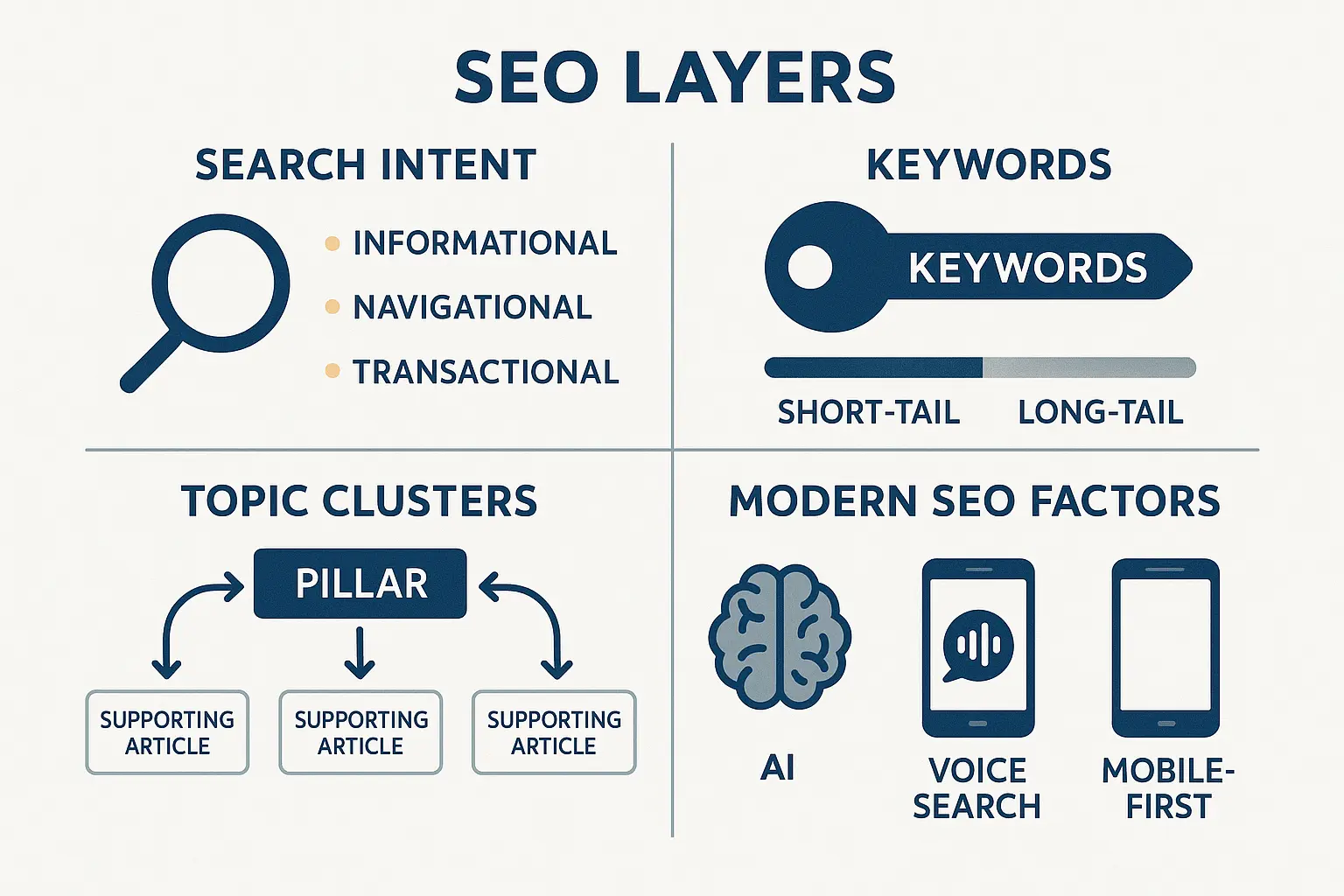
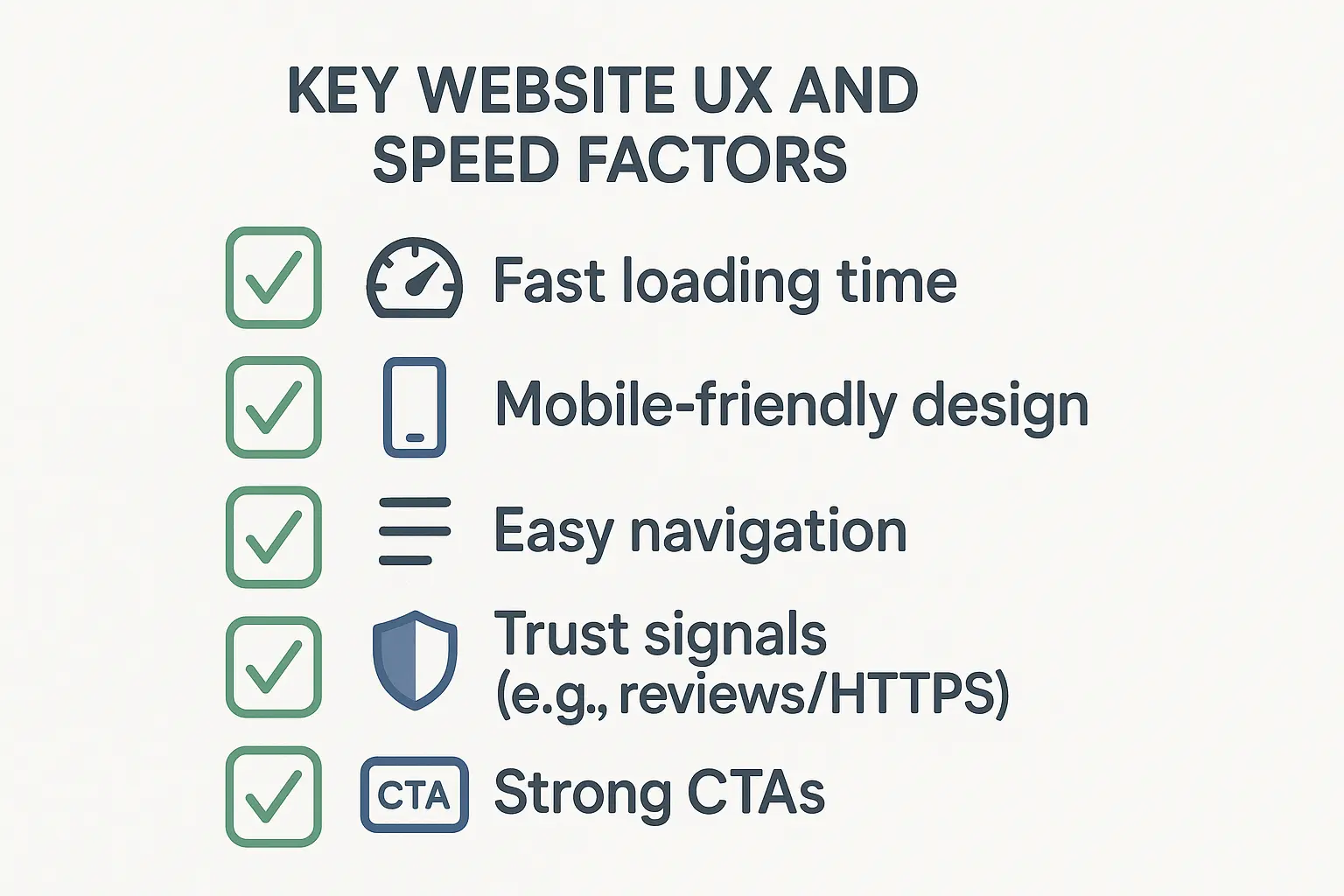
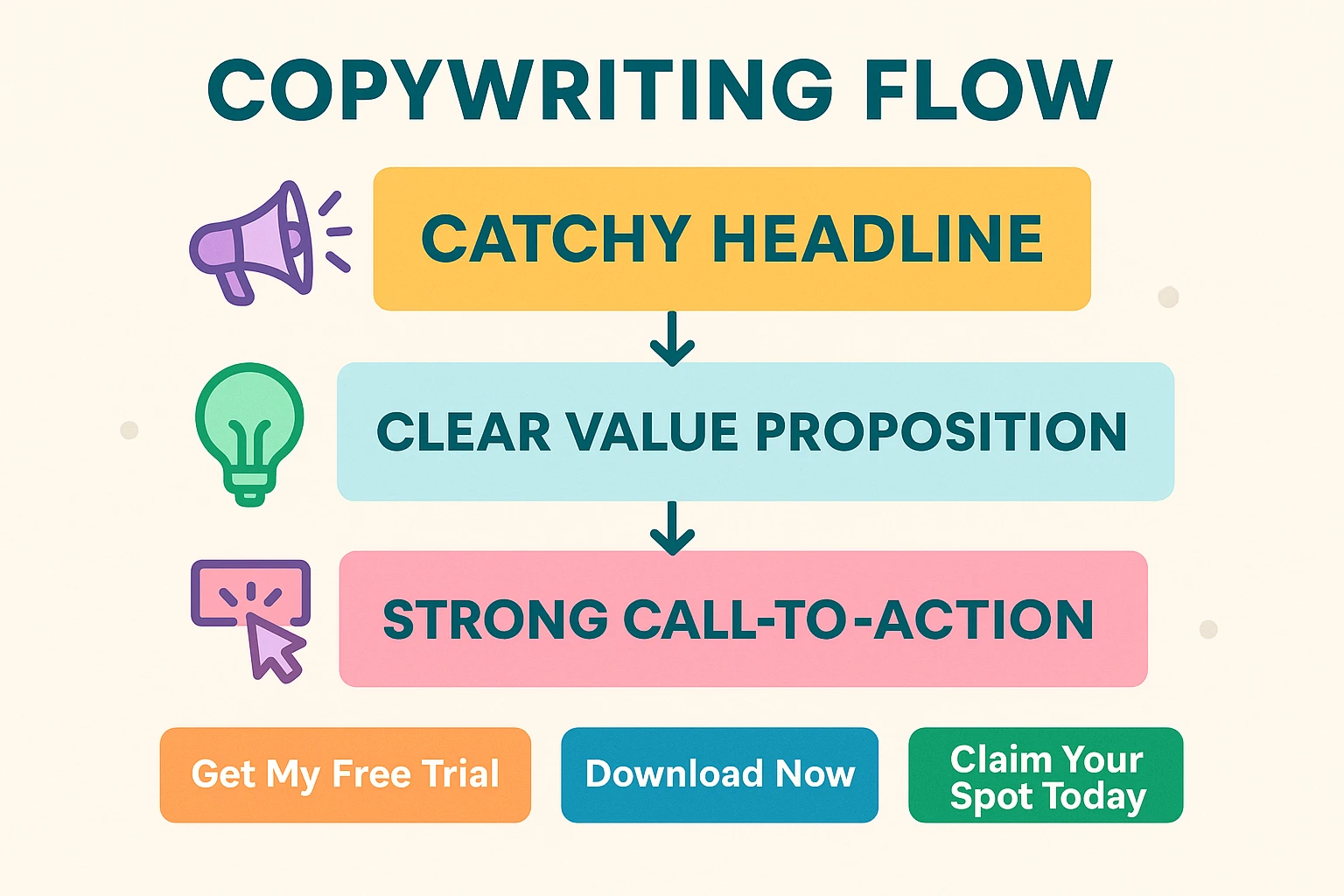
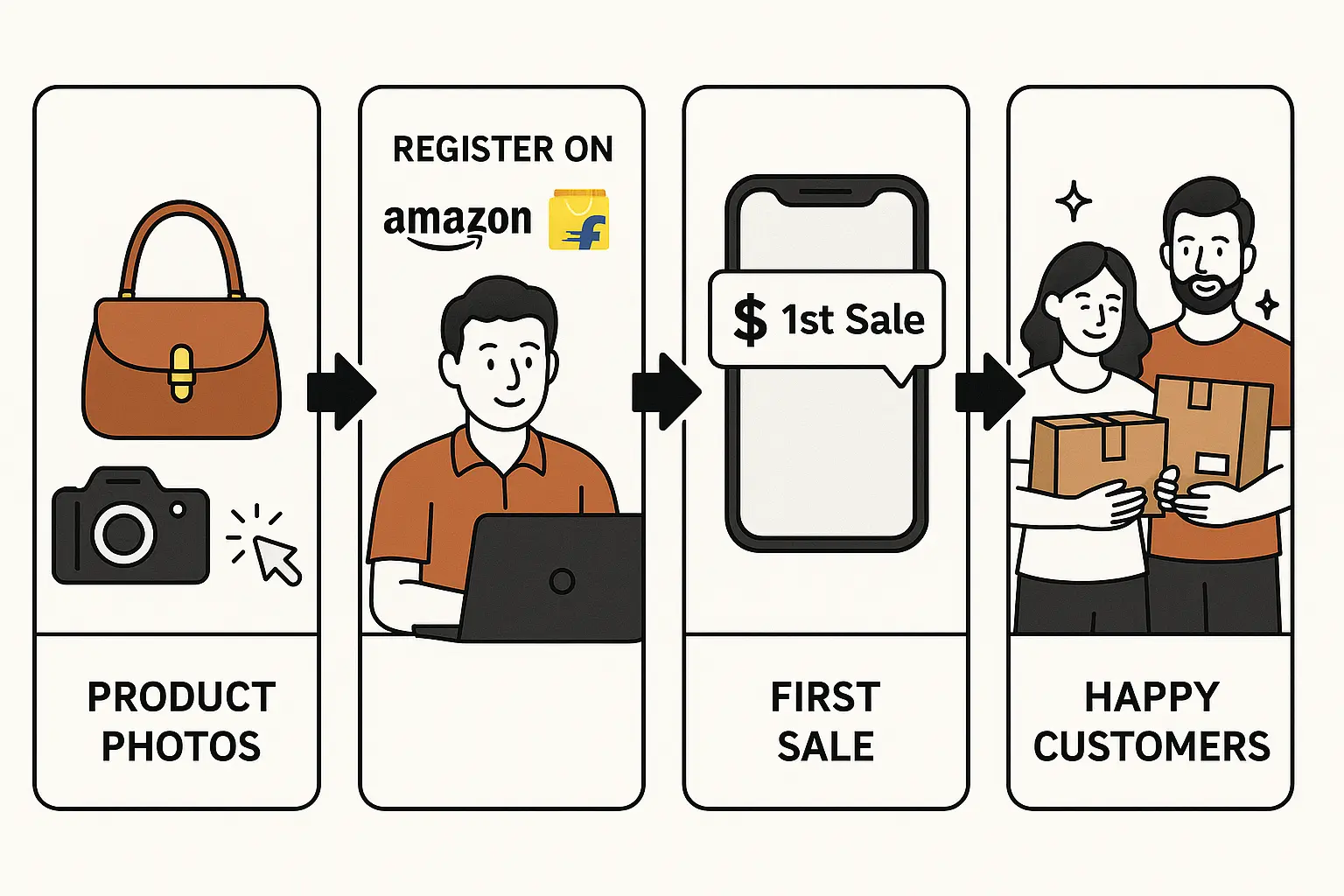


No comments yet. Be the first to comment!